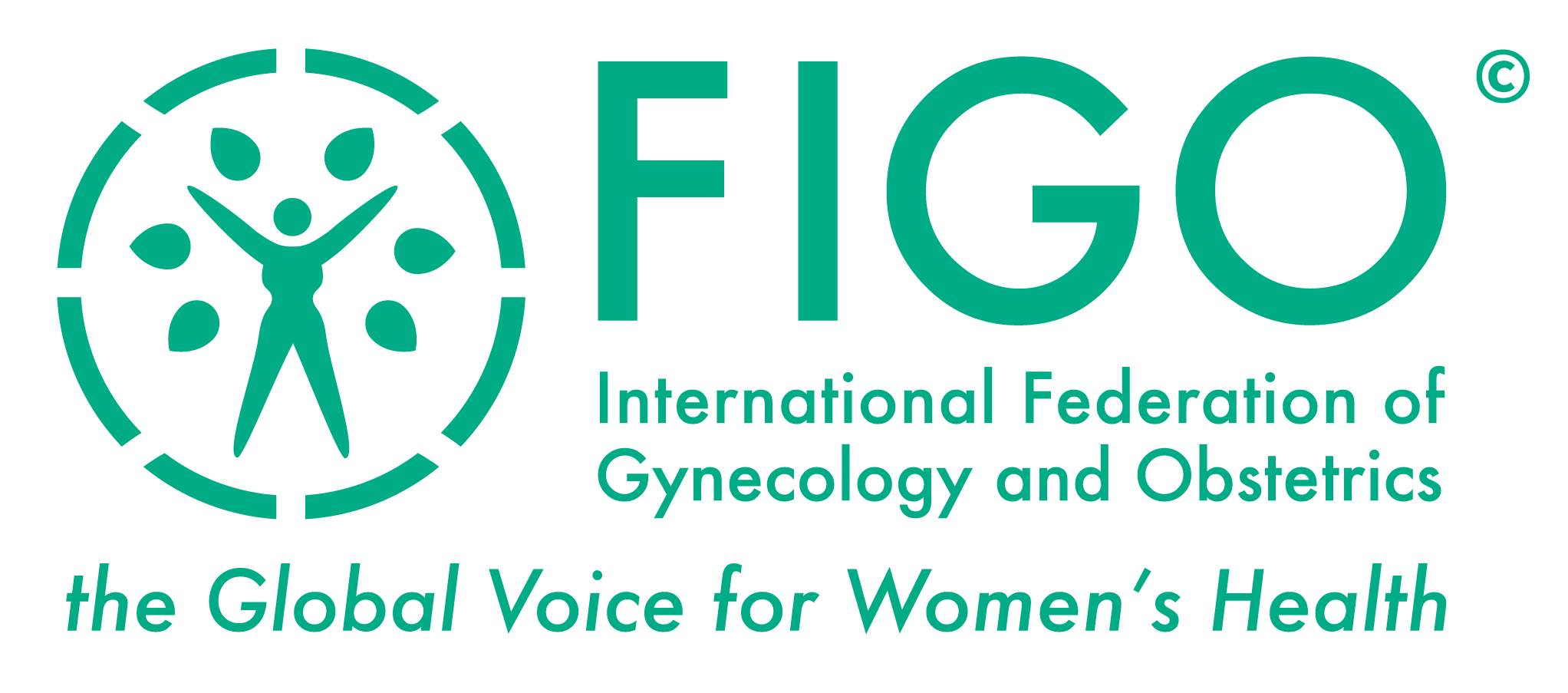Stanford JB, White GL and Hatasaka H.
Timing intercourse to achieve pregnancy: current evidence. Obstet Gynecol 2002;100:1333-41.
Abstract
Physicians who counsel women for preconception concerns are in an excellent position to give advice to couples regarding the optimal timing of intercourse to achieve pregnancy. The currently available evidence suggests that methods that prospectively identify the window of fertility are likely to be more effective for optimally timing intercourse than calendar calculations or basal body temperature. There are several promising methods with good scientific bases to identify the fertile window prospectively. These include fertility charting of vaginal discharge and a commercially available fertility monitor. These methods identify the occurrence of ovulation clinically and also identify a longer window of fertility than urinary luteinizing hormone kits. Prospectively identifying the full window of fertility may lead to higher rates of conception. Proper information given early in the course of trying to achieve pregnancy is likely to reduce time to conception for many couples, and also to reduce unnecessary intervention and cost.
